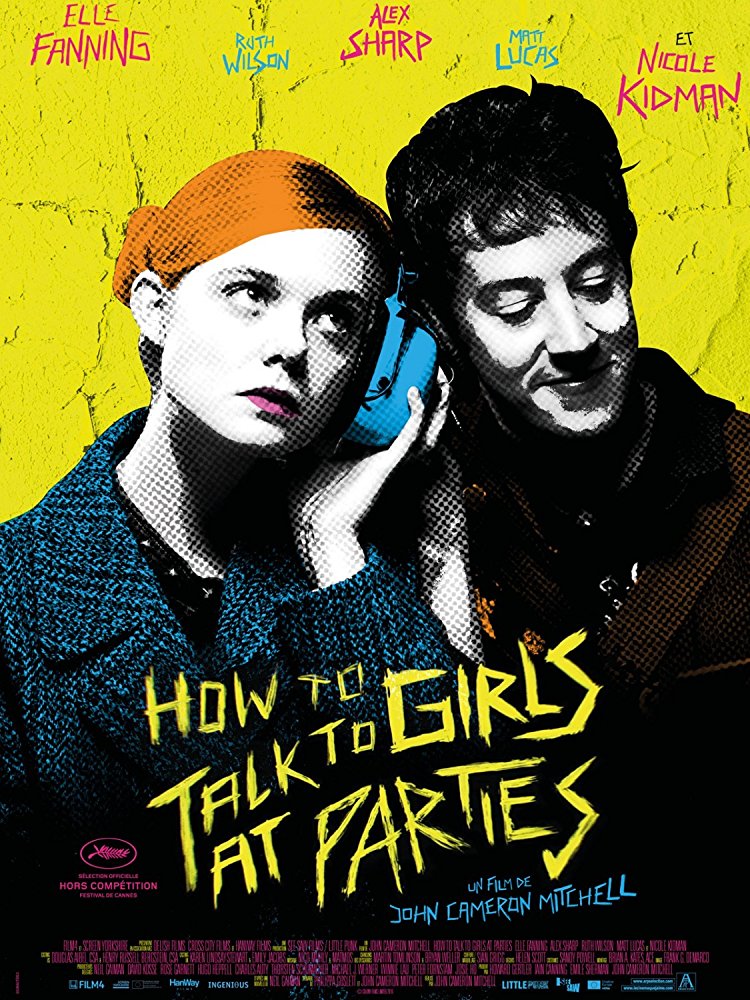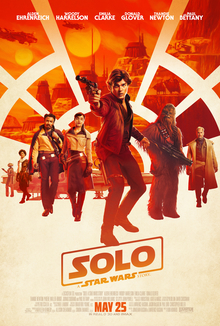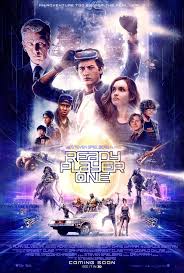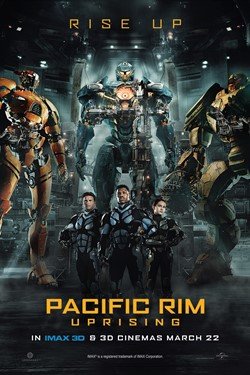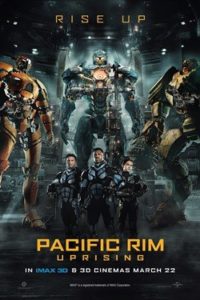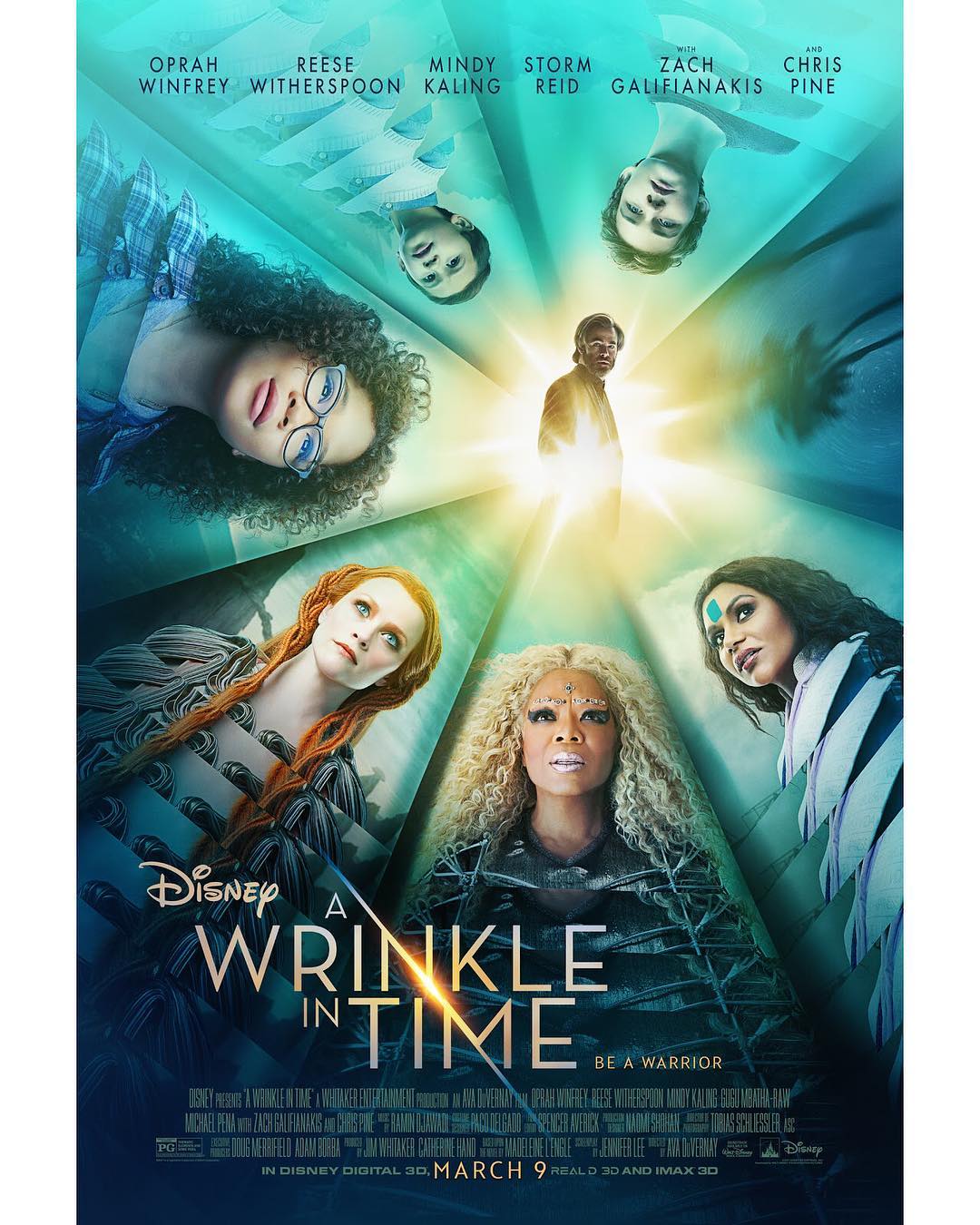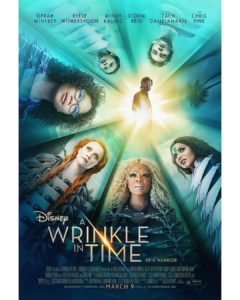How to Talk to Girls at Parties
Posted on May 31, 2018 at 4:02 pm
B +| Lowest Recommended Age: | Mature High Schooler |
| MPAA Rating: | Rated R for language throughout, sexual content, some drug use and nudity |
| Profanity: | Very strong language |
| Alcohol/ Drugs: | Alcohol, drugs |
| Violence/ Scariness: | Sci-fi peril and some violence |
| Diversity Issues: | None |
| Date Released to Theaters: | June 1, 2018 |
| Date Released to DVD: | August 13, 2018 |
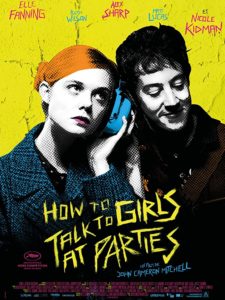
Three suburban British schoolboys in the 1990’s are big fans of punk because it seems thrilling to challenge authority and pretty much everything. But they are not very knowledgeable about anything outside of their own experience, and so when they accidentally wander into a strange party that happens to be a bunch of aliens, they just assume that they must be American girls. In How to Talk to Girls at Parties, Americans, girls, and aliens — they’re all equally unknown, and so, for these boys anyway, easy to confuse.
Neil Gaiman’s sly short story has been lovingly adapted by John Cameron Mitchell (“Hedwig and the Angry Inch,” “Rabbit Hole”), with a breakout performance by Tony-winner Alex Sharp as Enn (short for Henry), a sweet-natured kid who, like his two best friends, loves punk and really, really, really wants to learn how to talk to girls. Somehow, though, at parties he’s the one who ends up in the kitchen talking to someone’s mum. One night, after a punk concert, they go in search of a party they heard about but end up knocking on the wrong door. Inside, each room has a different gathering or ritual or happening going on, all exceptionally attractive people (though one has made a mistake in manifesting and has a weird forked finger).
We know what it will take Enn the whole movie to figure out. These are not American girls. They are aliens, on some sort of galactic tour. And one of them, named Zan (Elle Fanning, looking far too perfect to be a human) is an alien version of punk, open-minded, curious, and inclined to break the rules. She and Enn go out exploring the world together, and they explore each other a bit, too.
The fun of all fish out of water films is seeing our world, in this case our former world, through fresh eyes. We may laugh as Zan discovers what happens when a human body processes food or speaks whatever comes into her head without understanding social norms like privacy or embarrassment. But we also appreciate her wonder at the gritty, harsh British suburb and the very things that punk is rebelling against. Her encounter with a punk queen (Nicole Kidman with gusto and evident enjoyment) is surprisingly endearing. And when Zan’s alien leaders want to interfere, well, let’s just say that it can be a real advantage to have punks on your side. A magical musical number brings everything together in quite literal terms.
Sharp is the real deal. I was struck by his performance on Broadway and really happy to see him in this film. He is able to convey innocence that comes from being true-hearted, not from a slapstick kind of awkwardness. Fanning continues to be one of the most appealing young performers in films today, always thoughtful and heartfelt. Their Romeo and Juliet romance is sweet and touching, with the adventures of Enn’s friends providing some counterpoint. Punk in this film is not angry so much as revolutionary, fueled by ideas and optimism. That may seem like an alien idea today, but Mitchell makes it seem right on time.
Parents should know that this film includes very strong language, sexual references and situations, teen partying, drinking, drugs, nudity, and some peril and violence.
Family discussion: What does punk mean to you? What is punk today? Why didn’t Zan want to follow the rules?
If you like this, try: “Stardust” and “Coraline,” also based on books by Neil Gaiman

